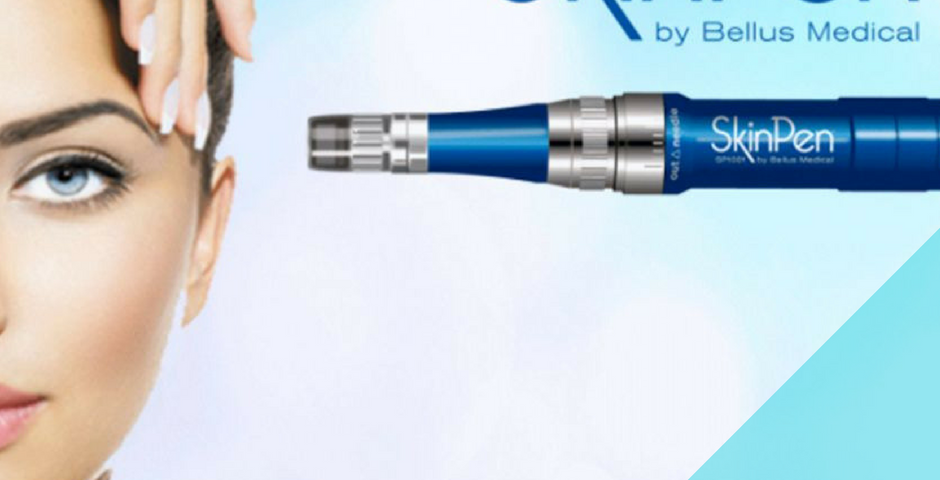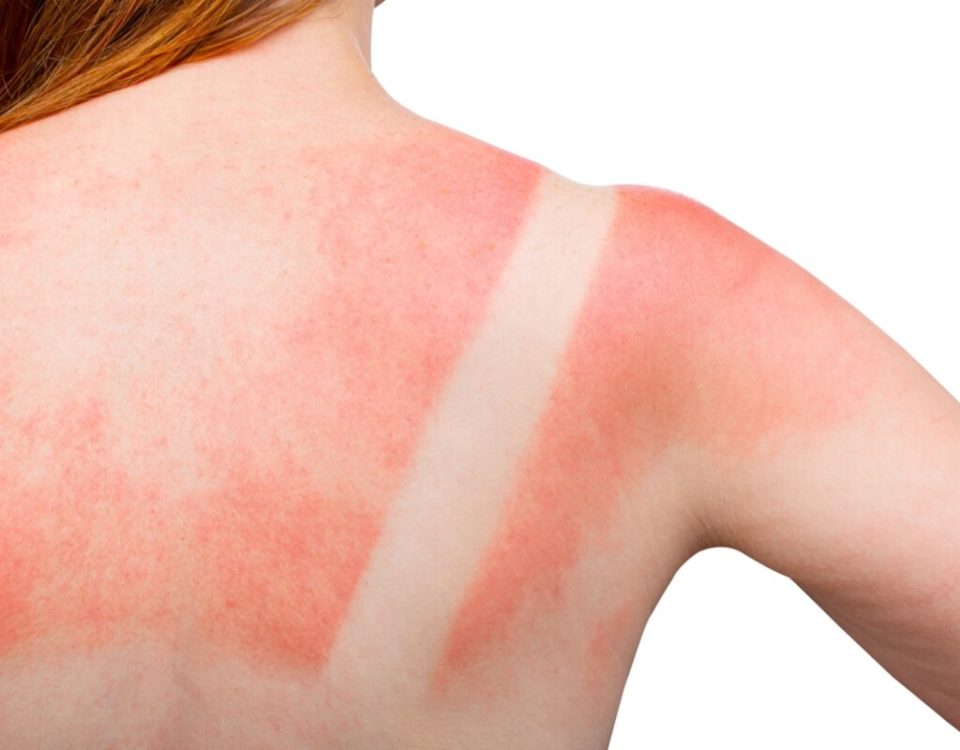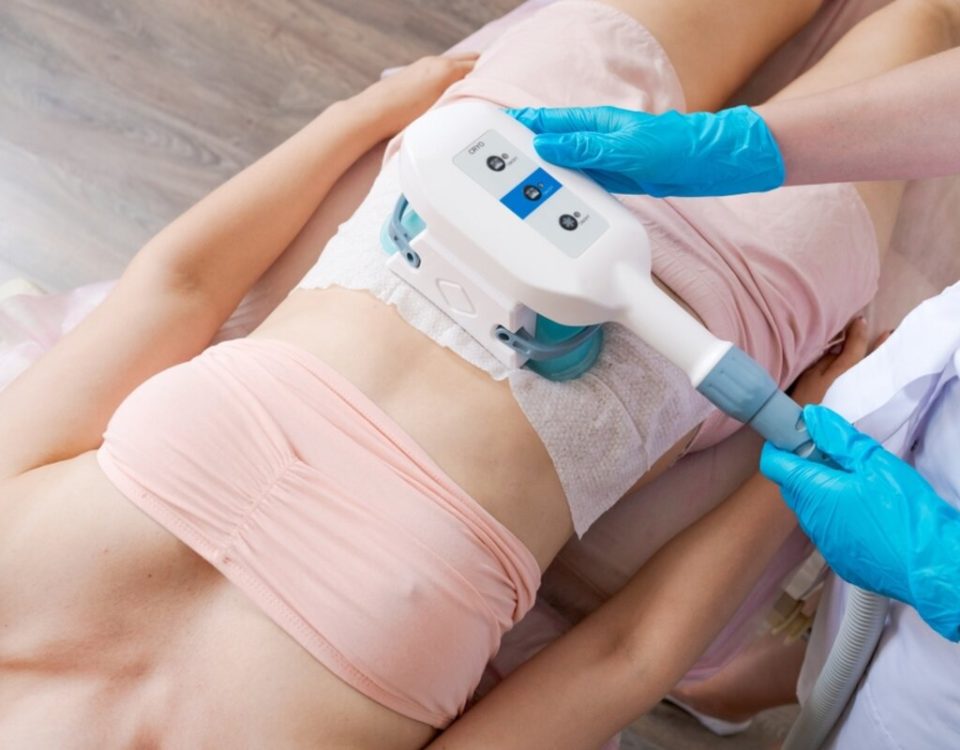
How Long Does Kybella Last?
June 21, 2018
Now Offering Care Credit
July 12, 2018Aging can be a stressful symptom of life. Frankly, it sucks.
Thankfully the anti-aging industry has been booming over the past 20 years. With procedures and treatments such as facelifts, Botox, body augmentation, and skincare routine options on the rise — there is no better time to look young.
Microneedling is the newest trend for improving the look and health of your skin. It goes by many names including: skin needling, percutaneous collagen induction (PC), or collagen induction therapy (CIT).
How does microneedling work?
Fine needles puncture the skin and create a localized skin injury that allows the body to regrow damaged skin cells. Think of it like making room for healthier skin.
These needles are set on a pen-like tool called a SkinPen. Before the treatment, a topical anesthetic may be applied to reduce discomfort. Your body will react to these microinjuries by producing healing agents like collagen and elastin that repair damaged skin. There is no better healer than the human body!
Over time the skin loses collagen from aging or sun exposure. What is collagen? Collagen is essentially a protein that holds the body together. Rebuilding collagen can help your skin look smoother and act younger. A collagen enhancing serum is given after the procedure.
After one microneedling treatment
During the procedure there may be slight discomfort. Areas such as the hairline, jawline, and forehead are the most sensitive. After the microneedling treatment the soothing collagen serum is applied.
Slight redness on the affected areas is common for a few hours after the procedure. Maya Allen — a beauty blogger, experienced what she called a “lit-from-within” glow the morning after her treatment.
You may also feel the benefits of opened pores and smoother skin for a day or two after microneedling. During day 4-5 peeling may occur, do not peel or scratch. Keep skin moisturized. Avoiding unnecessary sun exposure will help as well.
What is microneedling used for?
Microneedling is used for a variety of skin conditions. These include:
- Acne scarring
- Fine lines and wrinkles
- Loose skin
- Damaged skin texture
- Brown spots
- Stretch marks
- Pigment problems
Platelet Rich Plasma facials
A popular form of microneedling is called the PRP Facial. This treatment is very similar to microneedling — with a twist. Blood is drawn and processed from the person to create Platelet-Rich Plasma (PRP). Famous athletes have long used PRP’s to recover from injuries — now skincare professionals are utilizing this technique to rejuvenate damaged skin.
How often is the treatment?
Microneedling is usually done in a series of treatments (4-6 sessions). Each session allows for a deeper needling because the skin becomes thicker and can handle the treatment. This is a much more affordable alternative to laser-based treatments.
What are the risks of microneedling?
The risks of microneedling are minor but include: bruising, bleeding, scarring, infection and pigment issues.
Risks are much less compared to alternative solutions such as laser treatments or chemical peels.
Can I do it myself?
There are many home-kit microneedle options available. Consulting with your skincare specialist is often best before attempting microneedling on your own. Derma rollers that can be bought online or at a store have a limited needle length. Longer or more advanced microneedling technology like the SkinPen are not for sale and need a professional to administer.
Get started today!
Interested in microneedling? Schedule a free microneedling or platelet rich plasma facial consultation with one of our expert specialists to see if this treatment is right for you! During your consultation our specialist will answer any questions or concerns you may have, and schedule your appointment.
New Clients:
$35 deposit for all new clients
Cancellation/No Show Policy:
$35 fee for all no show, no call and any cancellations less than 24hrs before the start of your appointment.Any prepaid services will be forfeited.
Call us at +1(651)222-4490
Email us at SpaConsultantsMD@gmail.com
or, Schedule a free consultation
We are located on the main level inside of the Blair Arcade Building. We validate parking in the lot connected to the building off of Selby. Be sure to bring your ticket in with you!
Business Hours:
Monday: 9:00am - 8:00pm
Tuesday: 9:00am - 5:00pm
Wednesday: 9:00am - 8:00pm
Thursday: 9:00am - 8:00pm
Friday: 10:00am - 5:00pm
Saturday: 9:00am - 2:00pm (3 Saturdays per month- please call or email for more information)




